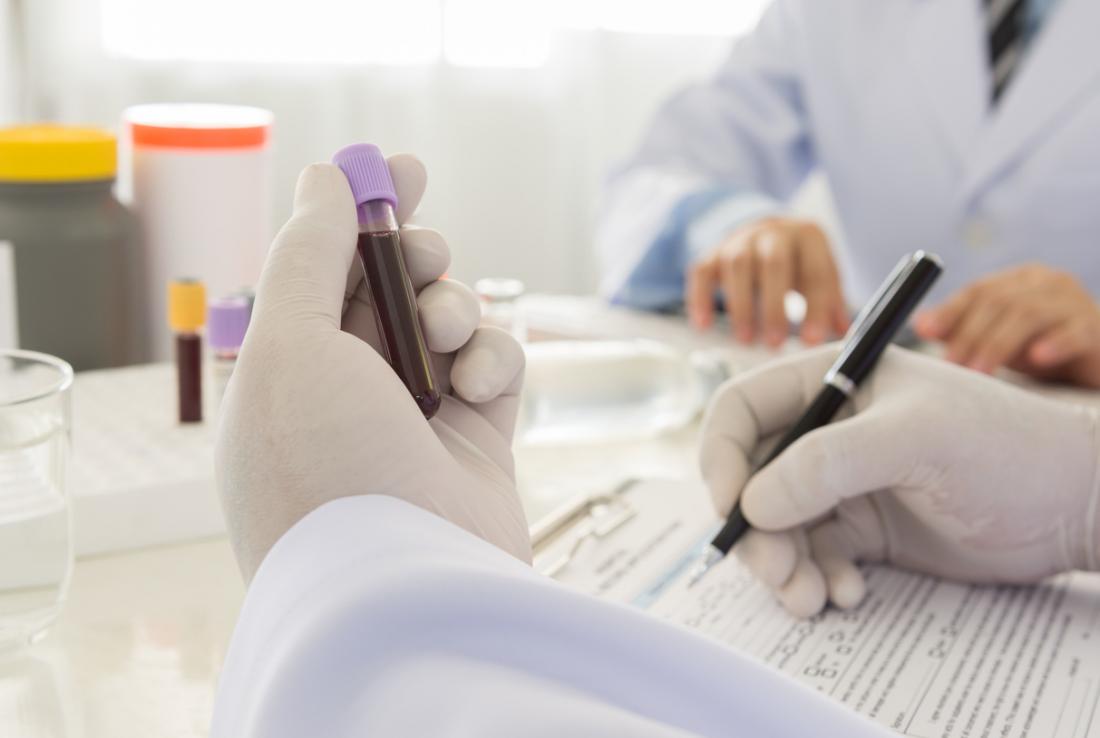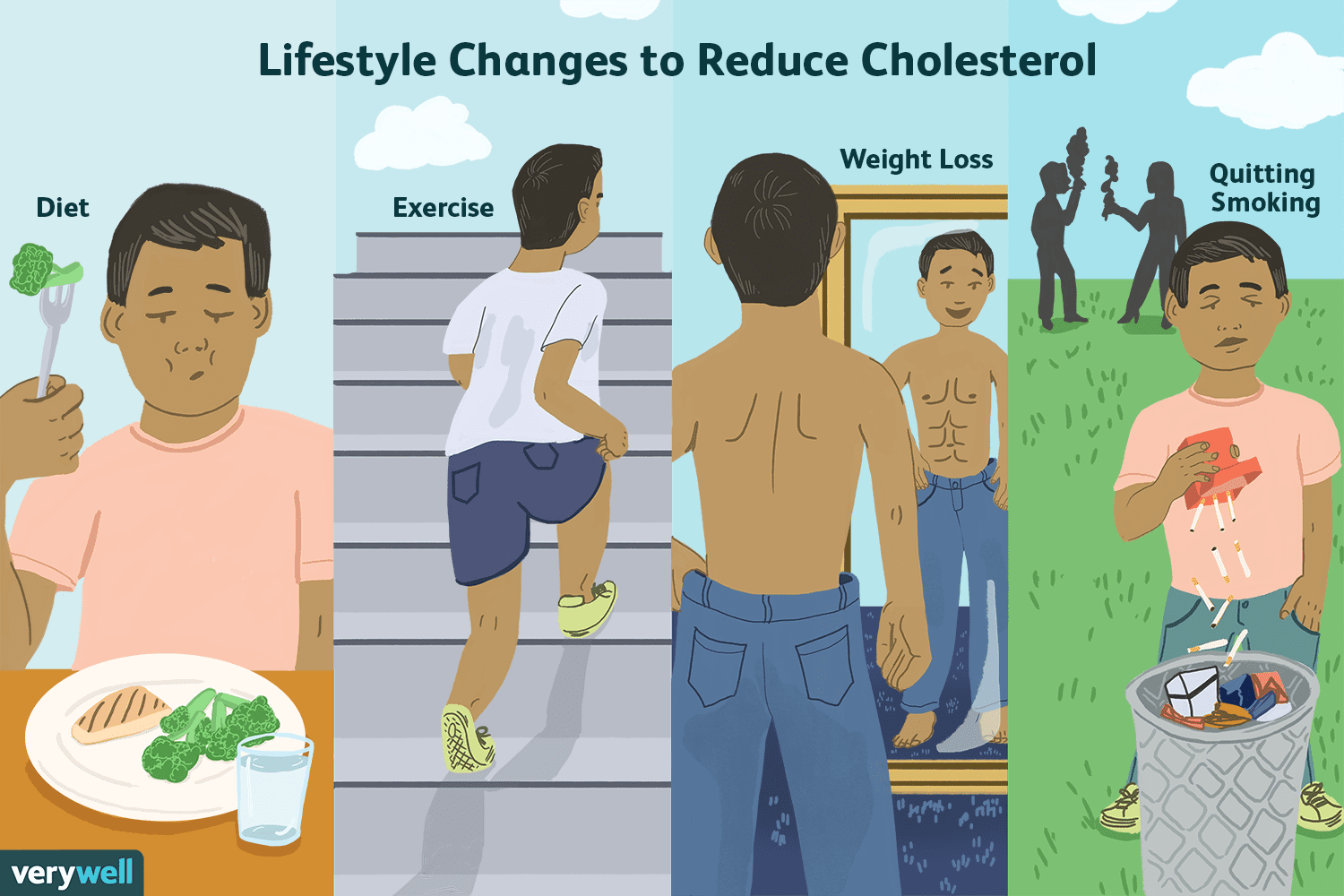
Although dyslipidemia is often detected by physical exam, it can occur without warning symptoms. As people get older, their blood cholesterol level increases. Men tend to have higher blood cholesterol than women do, especially after menopause. However, there are some risk factors that can make it difficult to diagnose dyslipidemia without medical examination. Regardless of the risk factor, it is important to get screened for high cholesterol on a regular basis.
The first step in treating dyslipidemia is to identify the risk factor. Children with a family history of CVD should have regular screening for dyslipidemia. The age of this screening is dependent upon the severity of the risk factor. Most patients will experience symptoms when the levels are high. The treatment for the condition will depend on whether the risk factor is hereditary. For example, a child may be affected by the same type of genetic condition as their parents.
The initial management of dyslipidemia is centered around lifestyle changes. Incorporate more fruits, vegetables, and whole grains into your diet. Adults should also engage in vigorous physical activity at least three times a week for forty minutes. When lifestyle changes and medications fail to produce results, you can consider taking statins. These drugs are designed to inhibit the enzyme that generates the oxidative damage in the blood. They are generally available over-the-counter and can be prescribed as needed.
Those who have a family history of CVD should have a routine screening for dyslipidemia. The screening process begins when the risk factor is first detected at an early age, usually after the child turns two. The duration of surveillance testing will vary based on the risk factor, but it should be regular for as long as the condition persists. The best time to start screening is before the risk factor becomes a problem. The sooner you can treat dyslipidemia, the better.
As the risk of developing CVD increases, the treatment for dyslipidemia is critical. Proper treatment can lower triglycerides and raise HDL. In children with dyslipidemia, the treatment for CVD is usually more complicated than for adults. The best treatment involves lowering the triglycerides and increasing the level of HDL. For adults with severe dyslipidemia, medications are not the only treatment. In some cases, lifestyle changes alone may be enough to manage the condition.

In children without risk factors for CVD, routine screening for dyslipidemia is essential. Ideally, the screening should occur twice during childhood: once at nine and eleven years and again between 17 and 21 years. While the first screening is important, it is not enough to prevent CVD from developing. Several lifestyle changes can reduce the risk of the condition. If the dyslipidemia is severe, treatment will include changing diet and increasing physical activity.
Symptoms of dyslipidemia include heart disease and stroke. The condition is often acquired due to diet and genetics, and the symptoms of the disease can be difficult to recognize. However, in children, dyslipidemia is often a precursor to cardiovascular disease and should be corrected by two years of age. The goal of treatment is to lower LDL levels and increase HDL levels. A healthy lipid profile will reduce the risk of premature cardiovascular disease and accelerated atherosclerosis.
Recommended lipid levels for people with dyslipidemia vary from person to person. People with high LDL cholesterol have a higher risk of heart disease. In children, high LDL cholesterol levels are associated with an increased risk of heart attacks and stroke. In addition, low HDL cholesterol can lead to atherosclerosis. Therefore, the goal of treating dyslipidaemia is to lower LDL and increase HDL.
Children with a family history of premature cardiovascular disease should be regularly screened for dyslipidemia. In children, screening should begin at two years of age. With a positive family history of CVD, the risk of developing the disease doubles. In adults, the intervals between screenings are determined by the risk profile of the child. In addition, the health site https://www.value.co.th/ may recommend periodic cholesterol monitoring to monitor the condition. The goal of treatment is to prevent disease and improve quality of life.
The symptoms of dyslipidemia can be severe. If a person has high LDL levels, a doctor may prescribe statins or other treatments. In addition to medication, lifestyle changes may be required. However, if dyslipidemia is severe, the patient may need medication to treat the condition. In such cases, lifestyle changes are needed. The symptoms of this disorder can vary from person to person. A doctor may recommend medications or recommend lifestyle changes to treat the condition.